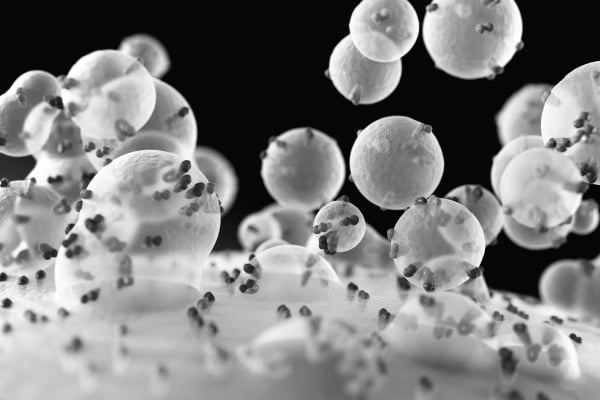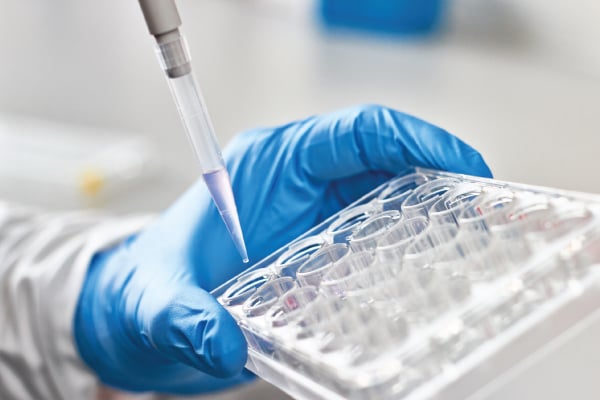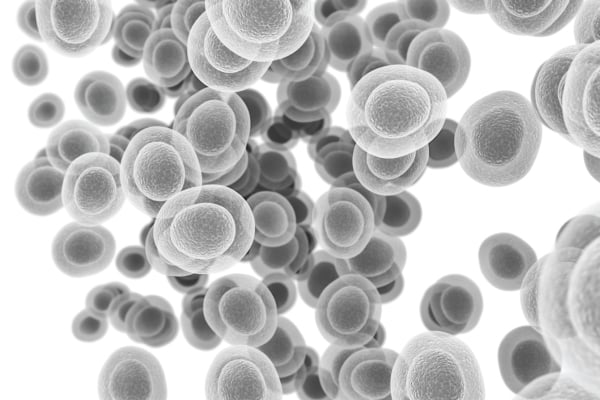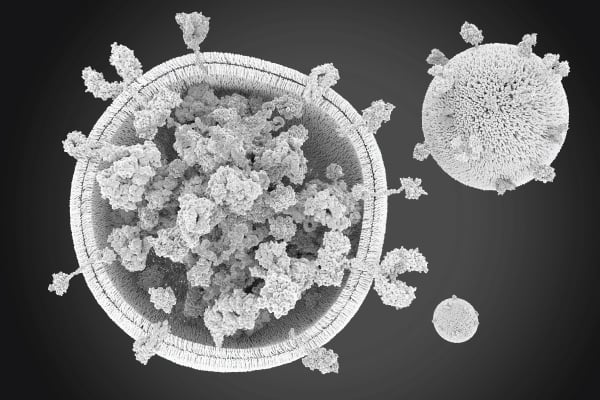Streamline your EV workflows with high-performance centrifugation solutions tailored for excellence
Whether for diagnostics, therapeutics, or conditioned media, no other step is as critical to your EV success as your isolation method. Cells typically secrete a diverse array of vesicle subpopulations into the extracellular space, alongside proteins, cell-free DNA, lipids, lipoproteins, and more. Addressing specific scientific inquiries often requires isolating a particular vesicle population from this highly heterogeneous mixture.

Challenges of a sample preparation include:
- Preserving the structure of vesicles and their cargo over the whole separation and purification process
- Isolation of specific vesicle subpopulations from a heterogeneous mixture
- Removal of unwanted contaminants like proteins, lipoproteins, and cell-free DNA that could interfere with downstream processes
Additional requirements are:
- Proper documentation of the developed methods to fit with the requirements of MISEV (Minimal information for studies of extracellular vesicles) and to enable others to reproduce successful sample preparations
- Standardization of the sample preparation to support the scientific community of EV researchers to get to results faster, and to get EV-based products to market faster
Preparative Centrifugation: A matrix-free separation technique that is especially gentle to vesicles
- Centrifugation does not need matrixes or membranes to separate different particle populations
- Centrifugal separations offer different high-resolution separation methods: particles can be separated by either differences in their densities or sedimentation coefficients
- Centrifugation methods that utilize density gradient materials help keep the EVs of interest in solution during the purification process, which minimizes the risk of possible artifacts, product loss, vesicle lysis, and cargo release
- When it comes to purifying EVs, ultracentrifugation is considered the gold standard.
The need for standardization and documentability
- As a biophysical and a true in-solution separation technique centrifugal separations have an excellent repeatability
- Factors that might have a negative impact on repeatability can now be well controlled and managed, e.g. by streamlining gradient preparation and its documentation
Advanced Vesicle Separation and Purification
Our cutting-edge technology ensures the preservation of vesicle structures and their cargo throughout the entire separation and purification process. Whether isolating a specific vesicle population from a highly heterogeneous starting material or removing unwanted contaminants such as proteins and cell-free DNA, our method guarantees purity and integrity critical for precise research outcomes.
| Matrix-free separation |
Gentle separation |
Separation according to two different particle characteristics |
Reproducibility |
Documentability |
Minimizing separation-induced risks |
| Neither column matrixes nor membranes are needed for centrifugation to separate various particle populations. |
Particles can be maintained in solution throughout the entire separation process, as needed. |
Centrifugation offers separation options based on either particle density or sedimentation. |
Matrix-free and documentable, centrifugal separations are reproducible. |
Centrifugation is easily documented and transferable with just a few key parameters. |
Reduces the risk of artifacts, product loss, vesicle lysis, and cargo release during separation. |
Examples for Standardization of EV Workflow
1. Sample preparation example #1: Growth media preparation for your cell culture
If you are using cell culture for EV production, it is crucial to ensure that your growth medium is free from vesicles that do not originate from your cells. While you have the option of purchasing EV-depleted growth medium, you may opt to deplete vesicles from your medium for cost-effectiveness or to maintain control over quality. This can be achieved by centrifuging the media before use to remove any unwanted vesicles in your growth medium with an Optima X-series ultracentrifuge and collecting the EV-depleted medium post-run. It's a simple yet highly efficient method.
What do you gain?
- Simplicity: Easily remove unwanted vesicles with a simple centrifugation step.
- Efficiency: Process large volumes of medium in a single step, saving time and resources.
- Consistency: Expect reliable results with each depletion, ensuring consistency in your EV production.
- Cost-effectiveness: By depleting vesicles in-house, you save on the expense of purchasing pre-depleted medium.
Optimize your EV production workflow by implementing this efficient and cost-effective method of preparing growth medium.
2. Sample preparation example #2: Separating subpopulations
Density Gradient ultracentrifugation utilizing the isopycnic ultracentrifugation method has been established as a popular and effective method for the separation of subpopulations of EVs. Investigate some of the options in this application interview.
Interested in learning how to advance your EV research?
Whether you have questions or are interested in a demo, we're here to help.











